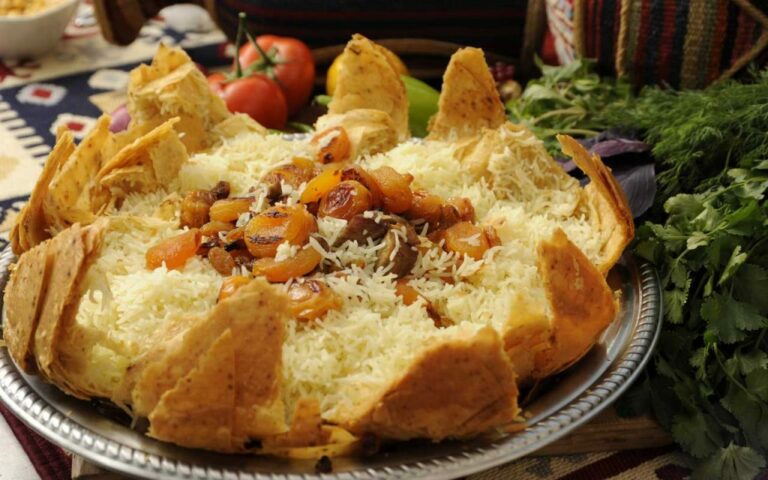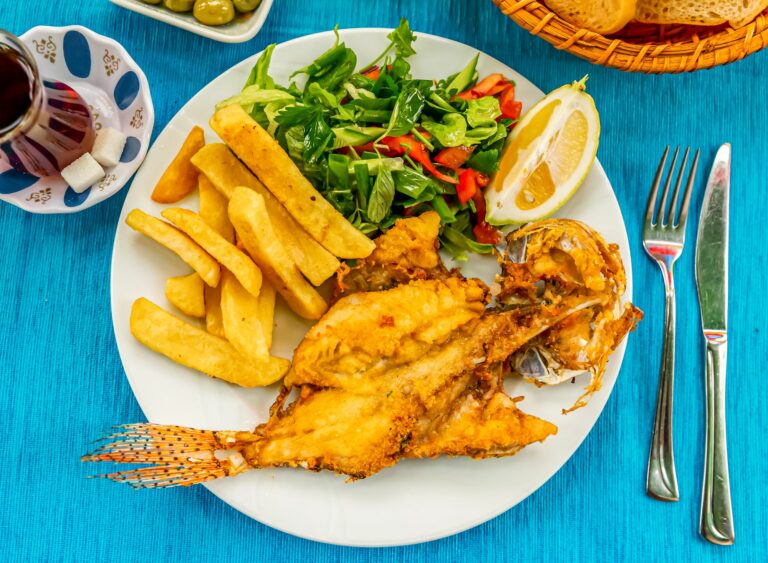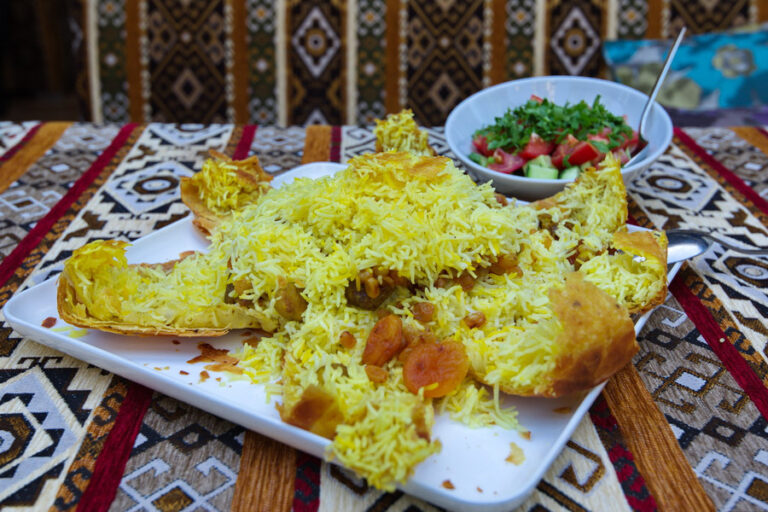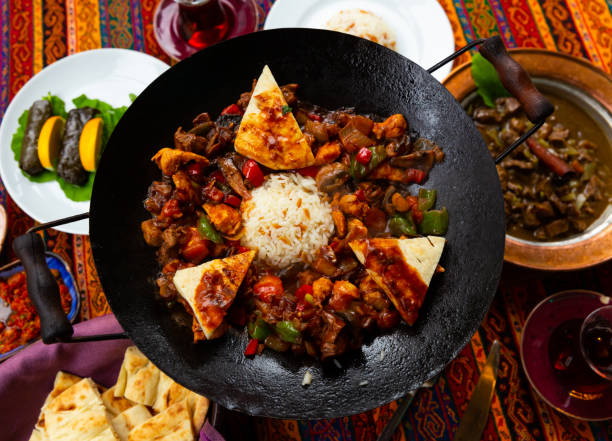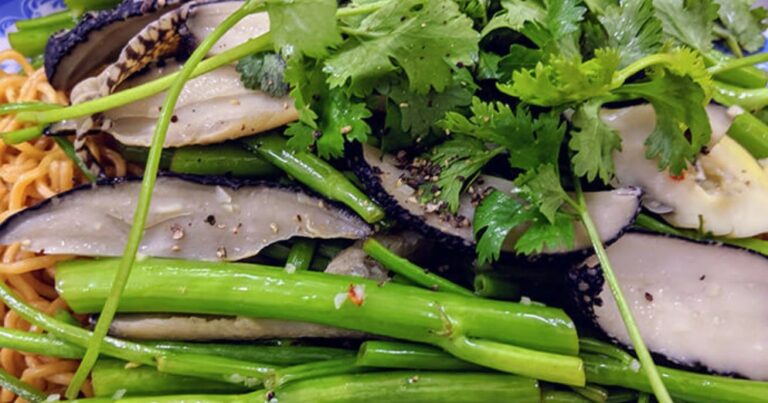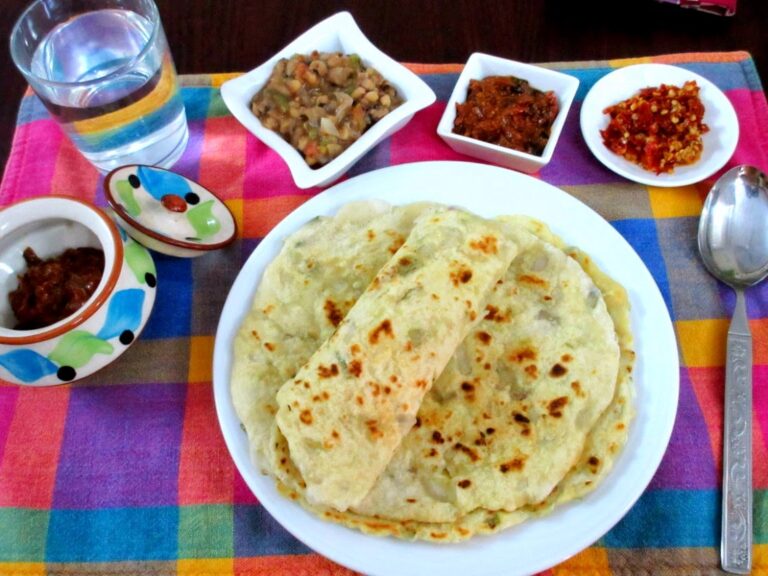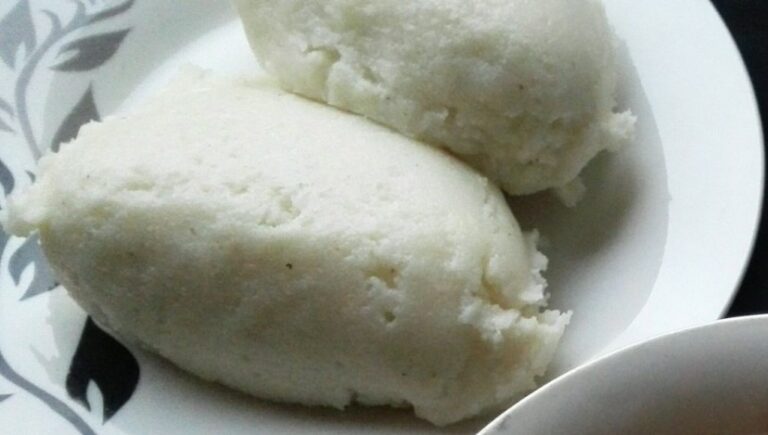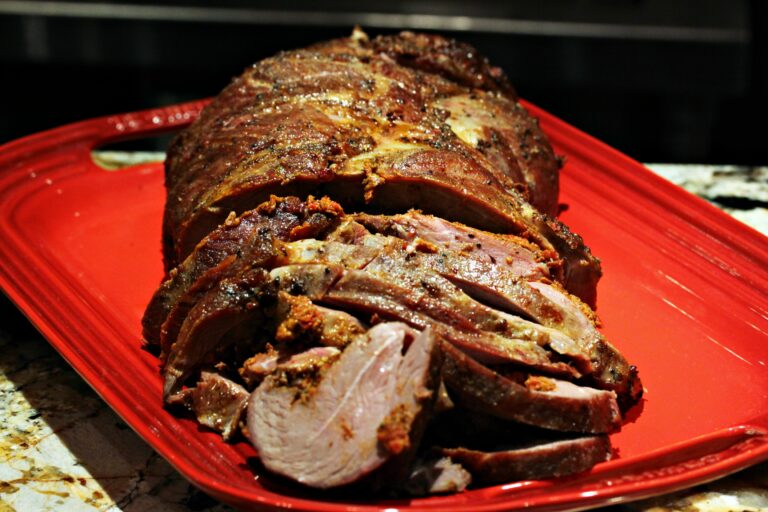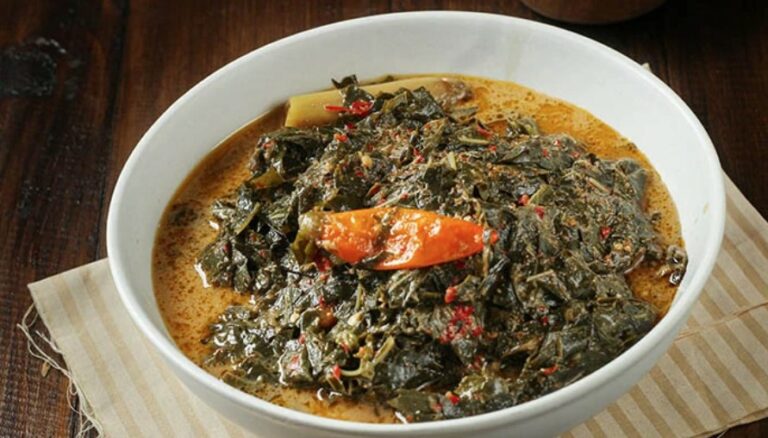Introduction
Azerbaijani cuisine is a rich amalgamation of Eastern and Western culinary traditions. It is heavily influenced by the country’s geography, climate, and history, resulting in a diverse and flavorful cuisine. Azerbaijani cooking techniques are varied and unique, with a focus on using fresh, seasonal ingredients and preserving flavors.
Grilling and Roasting
Grilling and roasting are popular cooking techniques in Azerbaijani cuisine, particularly for meats. Skewered meat, known as kebab, is a staple dish and is often grilled over charcoal for a smoky flavor. Roasting is also popular for vegetables like eggplant, peppers, and tomatoes, which are used in a variety of dishes like the popular dip, salatəi kərələ. The use of spices like saffron, cumin, and coriander adds depth to the flavors of grilled and roasted dishes.
Stewing and Boiling
Stewing and boiling are fundamental cooking techniques used in Azerbaijani cuisine. Dishes like plov, a rice pilaf with meat and vegetables, are made by stewing ingredients together in a pot. Boiling is also used extensively to make soups like dovga, a yogurt-based soup with herbs and vegetables. Azerbaijani cuisine places a premium on the use of fresh and seasonal ingredients, and these techniques allow the flavors of each ingredient to meld together.
Kebab Making
Kebab-making is a specialized art form in Azerbaijani cuisine, with a range of techniques used to create different types of kebabs. Shashlyk, for example, is made with cubes of meat marinated in vinegar and spices before being grilled. Lavangi is another type of kebab that is wrapped in grape leaves before being grilled. The use of different meats, marinades, and cooking methods results in a diverse range of kebabs that are rich in flavor and texture.
Baking and Frying
Baking and frying are essential techniques used in Azerbaijani cuisine. The country’s love for bread is evident in dishes like tandir bread, a type of flatbread baked in a clay oven. Frying is used to cook dishes like qutab, a savory pastry filled with meat, herbs, and spices. Azerbaijani cuisine is also known for its use of pomegranate molasses, which is used in dishes like kuku, an herb frittata that is fried until crisp.
Clay Pot Cooking
Clay pot cooking is a traditional technique used in Azerbaijani cuisine. Dishes like dushbara, a type of dumpling soup, are cooked in clay pots, which help to retain the flavors of the ingredients. Other dishes like bozbash, a lamb and vegetable stew, are also traditionally cooked in clay pots. The use of clay pots adds depth and richness to the flavors of Azerbaijani dishes.
Pickling and Fermenting
Pickling and fermenting are techniques used to preserve ingredients and add flavor to Azerbaijani dishes. Pickled vegetables like cucumbers, tomatoes, and cabbage are commonly served as a side dish or condiment. Fermented dairy products like qatiq, a sour yogurt, are used in dishes like dovga and bozbash. The use of pickling and fermenting techniques adds a tangy and acidic flavor to Azerbaijani cuisine.
Conclusion
Azerbaijani cuisine is a rich and diverse culinary tradition with a range of cooking techniques used to create flavorful dishes. Grilling, roasting, stewing, boiling, kebab-making, baking, frying, clay pot cooking, pickling, and fermenting are all techniques used to add depth to the flavors of Azerbaijani food. The focus on fresh, seasonal ingredients and the use of herbs and spices make Azerbaijani cuisine a unique and delicious culinary experience.

